

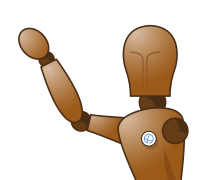

© 2015 BACK-TRACK Europe Ltd. All rights reserved | About Us | Contact Us | Site Map
The BACK-TRACK system
What is it?
The BACK-TRACK System is designed to help your organisation reduce back related absences and injuries. It can also be used to assist those who are already suffering with back pain or have been absent and are returning to work.
Using BACK-TRACK to assist in the prevention of back injuries
The principle of BACK-TRACK is very simple – the BACK-TRACK device is attached to a belt and detects lean angle. By leaning forwards to an extreme angle – such as when stooping over to pick up something from a low level – the device vibrates to alert the wearer. Stooping this way is damaging to the back and cumulative damage may ultimately occur. Stooping feels natural and is therefore commonplace. Unfortunately it places extreme stress on the lower back. Back-pain is often caused by strained muscles and ligaments and is usually resolved after a few weeks. However, over time, the cumulative damage that occurs to the discs can lead to more serious damage. In either case absence will often occur and if the discs become damaged, the discomfort this causes can lead to longer term pain which then needs to be managed. In the worst cases, the damage could be 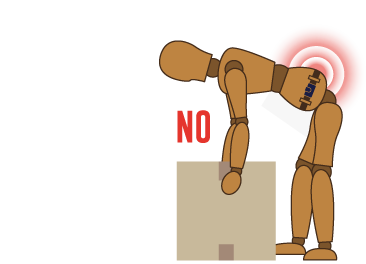 irreparable.
irreparable.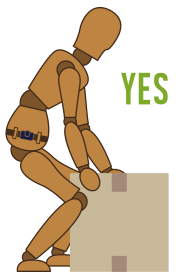 The lifting technique advocated by manual handling trainers is a semi-squat lifting method. This puts considerably less stress on the lower back and relies more on the legs to assist the lift. This is not the deep squat that was advocated in the past which was impractical and few organisations persist with it. This semi-squat technique does not feel natural at first and so tends not to be adopted. The method requires the torso to lean forwards at a less extreme angle and the BACK-TRACK device does not therefore vibrate.
The lifting technique advocated by manual handling trainers is a semi-squat lifting method. This puts considerably less stress on the lower back and relies more on the legs to assist the lift. This is not the deep squat that was advocated in the past which was impractical and few organisations persist with it. This semi-squat technique does not feel natural at first and so tends not to be adopted. The method requires the torso to lean forwards at a less extreme angle and the BACK-TRACK device does not therefore vibrate.
When the BACK-TRACK detects an activation, ie stooping, it stores the relevant information and at the end of the day, the device is connected to a docking station and the data automatically uploads to the web. It then becomes possible to review the data, compare individuals risk profiles, feed the information back and discuss ways of reducing risks of injury. This coaching raises awareness and promotes engagement with the BACK-TRACK process. Individuals do not want to be injured, nor risk the potential for future injury. This initiates changes in their perspectives of manual handling risks and their behaviour gradually changes. As behaviour changes and individuals reduce their exposure to poor lifting techniques, a significant reduction in absence and reported injuries due to back related issues result.
See our client Case Studies
 Preventing injuries related to jumping from delivery vehicle's tailgate or cab
Preventing injuries related to jumping from delivery vehicle's tailgate or cab
The BACK-TRACK device uses an accelerometer which measures acceleration in three axes. When jumping from a vehicle, the individual will fall at almost 1g. The BACK-TRACK device detects this and on landing, will vibrate to alert the individual and remind them not to jump.
BACK-TRACK Europe Ltd.’s experience with modifying behaviour shows that jumping is habitual and is a relatively easy habit to change. The BACK-TRACK records the jump event and this data forms part of the review process.
Using BACK-TRACK following a back related absence
Following an absence, BACK-TRACK is ideal to assist individuals with their rehabilitation and to assist employers by enhancing their return to work process. The BACK-TRACK-for-Rehab function was developed with the assistance of Human Applications Ltd, a highly regarded ergonomics consultancy.  When being used in a preventative capacity, BACK-TRACK is most suitable in industrial settings. However, when being used reactively, i.e. for rehabilitation, BACK-TRACK is suitable for industrial and office (sedentary) type occupations also.
When being used in a preventative capacity, BACK-TRACK is most suitable in industrial settings. However, when being used reactively, i.e. for rehabilitation, BACK-TRACK is suitable for industrial and office (sedentary) type occupations also.
Inactivity slows the rehabilitation process and BACK-TRACK continuously monitors activity to ensure a minimum is being achieved. If this minimum is not being achieved, the device will notify the wearer with a vibration alert. Because upper limb disorders benefit from regular postural breaks, BACK-TRACK can often be suitable for these disorders by encouraging the wearer to move (walk) for at least 2 minutes per hour (and therefore take a break from their desk).
Researching the published literature1 suggests that 2 minutes of walking per hour is an appropriate break duration. BACK-TRACK therefore uses this as an Inactivity threshold.
The stooping threshold is adjusted slightly when being used to rehabilitate a back injury.as the BACK-TRACK device will alert a little earlier than when used preventatively. The jump detect function is also enabled.
For employers, the BACK-TRACK-for-Rehab module enhances the return to work process by the use of a reporting template that is reviewed with the individual on a regular basis. This is a review of rehabilitation progress, review of the collected BACK-TRACK data and guidance towards techniques to hasten rehabilitation. The template is completed by the individual with an OH advisor or may be completed alongside their supervisor. When returning to work, an online questionnaire is completed asking basic questions such as whether this is the first back related absence or not, does their job entail lifting, sitting, driving etc. These will shape their BACK-TRACK-for-Rehab rehabilitation programme.
Some BACK-TRACK-for-Rehab clients use the complete BACK-TRACK-for-Rehab module, whilst others use only parts of it – as appropriate to the needs of the organisation
1. Williams C, Denning E, Baird, A and Sheffield D. Move more - Investigating the impact of behaviour change techniques on break taking behaviour at work.
Institute of Safety and Health, 2014. www.iosh.co.uk/movemore
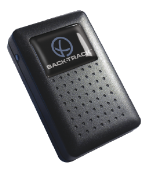
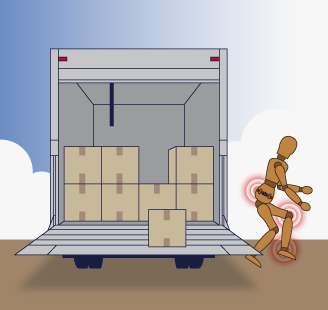

BACK-TRACK-for-Rehab gives employers a process to assist
in the management of a rehabilitation programme -
from day 1 to returning to normal duties.
RTW online questionnaire
Personalised BACK-TRACK User Guide
Rehabilitation is reviewed periodically
documented and retained online
